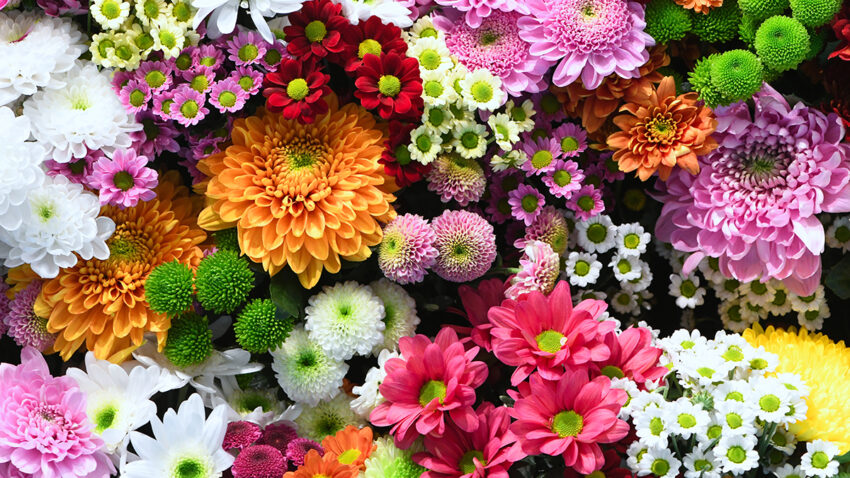Have you ever stopped to appreciate the beauty of flowers? The vibrant colors and intricate patterns are a feast for the eyes. But have you ever wondered why flowers are so brightly colored? There’s actually a fascinating reason behind it, and we’re here to explore it in depth. In this article, we’ll dive into the science behind flower colors and their role in the plant world. The content is presented by Newhouseproject.
What Makes Flowers So Colorful?

The colors we see in flowers are a result of pigments. These pigments are produced by the plant and are responsible for the colors we see. There are three main types of pigments that give flowers their color: anthocyanins, carotenoids, and betalains. Discover The Essential Tips for Growing and Caring for Indoor Hibiscus Plants
Anthocyanins
Anthocyanins are responsible for the red, blue, and purple colors we see in flowers. They are water-soluble pigments and are found in the cell vacuoles of the plant. These pigments are produced in response to environmental stimuli such as pH levels, temperature, and light. Anthocyanins not only give flowers their color, but they also protect them from UV radiation and attract pollinators.
Carotenoids
Carotenoids are responsible for the yellow, orange, and red colors we see in flowers. They are lipid-soluble pigments and are found in the plastids of the plant. These pigments are produced in response to environmental stimuli such as light and temperature. Carotenoids protect flowers from oxidative stress and also act as a source of nutrients for pollinators.
Betalains
Betalains are responsible for the pink, purple, and magenta colors we see in flowers. They are water-soluble pigments and are found in the cell vacuoles of the plant. Betalains are produced in response to environmental stimuli such as light and temperature. They also act as antioxidants and protect the plant from stress.
The Role of Flower Colors in Pollination
Flowers have evolved to be brightly colored to attract pollinators such as bees, butterflies, and hummingbirds. These animals are attracted to the colors and patterns of the flowers, which helps them locate the source of nectar and pollen. Brightly colored flowers are more likely to be pollinated than dull-colored flowers, as they are easier to see and identify.
The shape and structure of flowers also play a role in pollination. Flowers have adapted to the specific pollinators in their environment. For example, hummingbirds are attracted to long, tubular flowers, while bees prefer flowers with flat surfaces. The color and shape of flowers work together to attract the right pollinator.
Human Uses of Flower Colors
Flowers have been used by humans for thousands of years for their beauty and fragrance. In addition to their aesthetic qualities, flowers also have medicinal properties. Many plant pigments have been found to have anti-inflammatory, anti-cancer, and antioxidant properties. The use of flowers in traditional medicine is still prevalent in many cultures today.
Flower colors have also been used in art and fashion. The bright, bold colors of flowers have inspired artists for centuries. In fashion, floral patterns and colors are a staple of spring and summer collections.
Conclusion
The brightly colored flowers we see around us are not just a product of nature’s beauty but also serve a purpose in the plant world. The pigments that produce these colors have evolved to attract pollinators and protect the plant from environmental stress. Humans have also found many uses for flower colors, from traditional medicine to art and fashion.
So the next time you stop to smell the roses, take a moment to appreciate the science behind their beauty.

